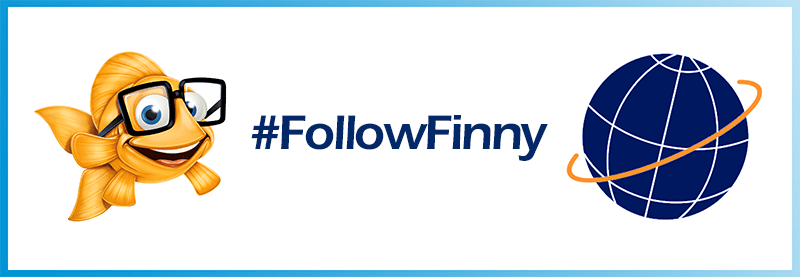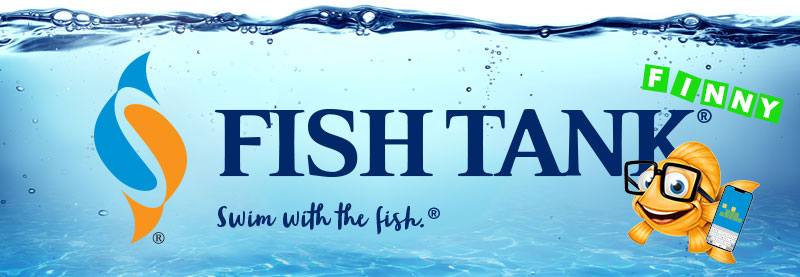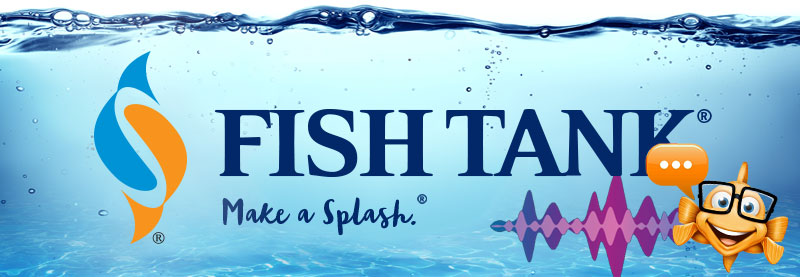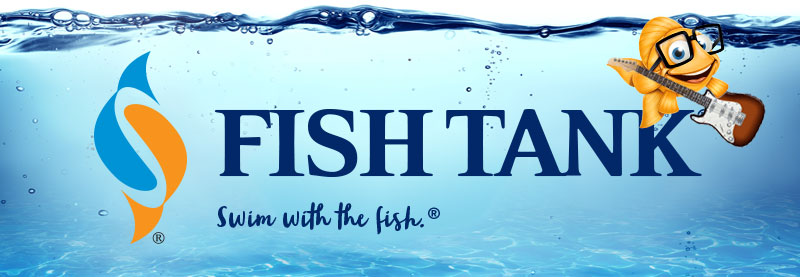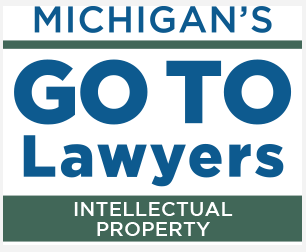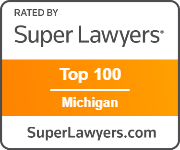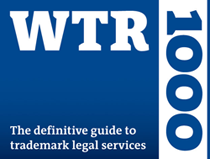Intellectual Property Insights from Fishman Stewart PLLC
Newsletter – Volume 22, Issue 19
Share on Social
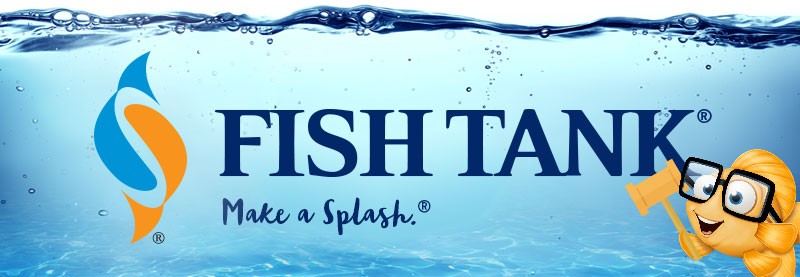
Patents – The Great Deal for Society
Patent systems have developed and exist in most countries around the world and are typically codified into the law of the land. Generally, patents provide their owners with the legal right to exclude anyone else from practicing (making or using) the patented invention for a limited period of time. This period of exclusivity provides a potentially huge financial benefit to the patent owner who may commercialize the invention and any innovations that incorporate the invention.
Take, for instance, a simple illustration of a chair. Let’s say Patty Patentee owns the patent to a chair and Polly Patentee owns the patent for a rocking chair. For a certain amount of time, Patty could exclude anyone else from making chairs, and Polly could exclude anyone else from making rocking chairs. Patty also could exclude Polly from making rocking chairs because they incorporate the broader chair that is covered by Patty’s chair patent. Alternatively, Patty and Polly could team up and work out a license agreement. Patty would have some good bargaining power, which is a great deal for Patty. But what about society? Wouldn’t it be better for anyone to freely make and use chairs and rocking chairs and rolling chairs and reclining chairs and the like?
Why should a government be willing to grant such power of exclusivity to a patent holder, and seemingly at the expense of the free market? The answer lies in a foundational bargain between society and inventors. In the US, this covenant is expressed in Article 1, Section 8 of the Constitution:
The Congress shall have the power to promote the Progress of Science and useful Arts, by securing for limited Times to Authors and Inventors the exclusive Right to their respective Writings and Discoveries
The premise is simple: an inventor is granted a patent and the limited period of exclusivity that comes with it—but in exchange, the inventor must disclose the invention AND tell the world how to make and use it. US law requires a complete disclosure of the invention in “clear, concise, and exact terms” to allow a skilled person to make and use the invention.
This detailed disclosure of patented inventions is what promotes the “Progress of Science” by driving innovation and development beyond the imagination, both during the life of the patent and after it expires. During the life of a patent, as we commonly call its “limited term of exclusivity,” it may not be prudent or feasible to license or purchase the invention. In these cases, there may be motivation to figure out a new way, or “design around,” the patent to avoid it. This drives the industry further through continued innovation where an inventor builds on the past while avoiding the patent, and is likewise motivated to obtain her own patent, and in exchange, tell the world how to make and use this new invention.
Moreover, after the patent expires it passes to the public domain and is free for everyone’s use, spurring yet more innovation. Groundbreaking technologies can then be built upon as those technologies become ubiquitous in larger society as set forth in a few examples.
In one example, early seeds of the now-ubiquitous Global Positioning System (GPS) reach back to 1970. Today, GPS technology has made its way into the pockets of millions of people in the form of smart phones. Perhaps not even the inventor could have imagined the impact of that invention back when it was first patented. Smart phones themselves may be traced back to digital mobile phone technology developed in 1973 and patented in the US and Germany.
Another example is the early development of carbon fiber in Japan (which is now available everywhere), and the role that patenting and licensing early in the process had on supporting and spurring development.
Les Paul, the inventor of the electric guitar in 1959, needs no introduction as an early innovator or as a musician. The electric guitar changed the musical world and led to the new sound and revolution in music that started in the 1960’s and continues to this day.
Finally, none of us want to imagine what the world was like before the development of the simple roll of toilet paper, but in 1891 Seth Wheeler imagined a better future and invented something that the world can only be grateful for.
This great tradeoff has driven innovation and technological advancement worldwide for generations. It has brought brilliant minds to bear on the world’s most challenging problems – motivating those minds to improve the technology and improve the world at large. Polly Patentee may be getting a great bargain, but society benefits too.
Lastly, it must be noted that the invention must meet other requirements too, such as requirements of patentable subject matter, being novel (meaning it hasn’t been previously patented, or already known to the public) and being nonobvious (meaning that it is not readily apparent to someone working in the field of that invention). Nonetheless, proper disclosure is a requirement, and improper disclosure (like publishing or making and selling the patented product to the public for too long before seeking patent protection) may mean you cannot obtain a patent. If you would like help or advice regarding the how, when, and what of a proper disclosure, or just want to chat more about patents, please contact us.
Paul Ratzmann is a partner at Fishman Stewart and a registered patent attorney, practicing in many technology fields. As an engineer, before he became a patent attorney, Paul was an inventor and is listed on eleven US patents, such as the one listed here.
Published September 16, 2022
Finny continues his adventures around the world!
Sir Finnegan, known as “Finny” to his school of family and friends, is taking a trip to explore the diversity of intellectual property all around the world. If you see Finny on his journey, please take a picture of Finny and post it on social media with the hashtag #FollowFinny so we can track his progress. A plush toy of Finny is available to take home HERE.
Follow Finny on Instagram as he travels around the world- @followfinny.





Related Content from Fishman Stewart
Car enthusiasts are buzzing about Alfa Romeo's latest SUV which is also its first EV (plus a hybrid option). Initially branded as “Milano,” the name was changed to "Junior" after it was announced that the car would be produced in Poland.
The online word game Wordle was created in 2021 by Josh Wardle and quickly rose in popularity. Players receive a new puzzle daily with six chances to correctly guess a five-letter word of the day with limited clues.
In a recent decision, the U.S. Court of Appeal for the Eighth Circuit affirmed a jury verdict holding that the use of the "Success Kid" meme by a congressman's reelection campaign for fundraising purposes did not qualify as fair use.
In February 2024, proposed legislation was introduced in US House of Representatives which would extend copyright protection to golf courses. The bill is titled “Bolstering Intellectual Rights against Digital Infringement Enhancement Act” or the “BIRDIE Act”.
OpenAI recently held a live demonstration of a new ChatGPT version that included the use of an AI personal assistant voice dubbed “Sky.” Many observers compared Sky to Scarlett Johansson’s voice in the 2013 Spike Jonze romantic sci-fi film “Her,” which centers on a man who falls in love with the female voice of his computer’s operating system.
June is Pride Month, which honors the 1969 Stonewall Uprising in Manhattan and recognizes the impact that lesbian, gay, bisexual, and transgender (LGBTQ+) individuals have had on history locally, nationally, and internationally. The United States Patent and Trademark Office flies the Pride Flag and promotes the Pride community’s contributions with programming offered annually.
First-time inventions have led inventors to great successes throughout history, sometimes immediately, sometimes after several more attempts at more useful inventions. In the U.S., two very famous inventors with contrasting first-time experiences are Thomas Edison and Alexander Graham Bell.
June is Pride Month. This year we are celebrating with some IP tips for drag performers! Drag performers can protect their intellectual property by registering the copyrights in their original works of music, choreography, and comedy sketches.
Bands often start out as creative endeavors among friends, and bands may not prove lucrative for many years, if at all. Until bands break up, thought and planning may not be given to who is the owner of the band names and entitled to use them going forward.
You’re rarely more than a few yards from Finny’s favorite chips, semiconductor chips to be precise. But what exactly is a semiconductor chip?
IDENTIFYING, SECURING AND ADVANCING CREATIVITY®



